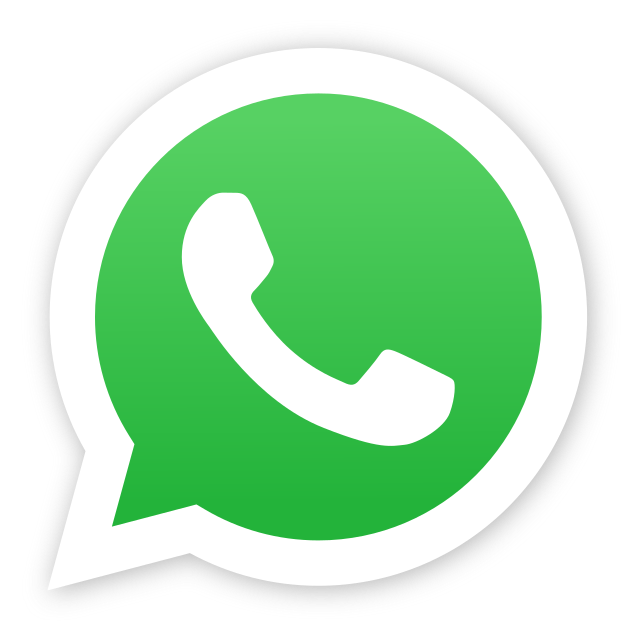Mohamed Bekkai: Moroccan
Born: 1941 in Oujda
1956: Primary Lessons Certificate
1960 : Certificate of Education First Class (𝑷𝑬𝑩)
1960-1961: Teacher Training School in Rabat (trainee teacher)
1962 : Official teacher
1964: Participation with the Hassania Scout Association in the Arab League in Egypt. Recognition
Oriental lines in workshops
1971: A trained teacher at the Applied School for Teacher Training, Oujda
1974: Training of teachers and professors in the French language in French lands
1978: Obtaining the baccalaureate from the Bordeaux Academy
1980-1978: Center for the Training of Professors in Oujda (CPR)
1980: Professor of the first corps at the Alawite Organization for the Care of the Blind in Oujda
1985: Obtaining a license in French language and literature at the Mohamed First College of Oujda
1985: Professor of the second cycle in the same organization
1988: Professor of the second wire at Omar bin Abdulaziz High School
3: Evaluate the preparatory departments locker in the same secondary school
2001: Retirement
Interest in the field of collage writing and the plastic arts
Specialized in Moroccan calligraphy and its aesthetics
Writing in a special technique different from the rest of the artists interested in the art of Arabic calligraphy
Most of the writings are in color, evidence mechanisms from the Holy Quran, in different sizes
ways of writing
- writing on wood
- Writing on cardboard with dye and pencil
Writing using stones (pebbles), sand and glass
- Design paintings in plastic art on plain paper and canvas
Cutting and gluing technology
Types of fonts used
- free font
All kinds of typographical font
- Eastern fonts (Thuluth - Al-Diwani - Al-Farsi - Al-Raq'a)
- Moroccan lines
- The four Moroccan lines (Thuluth - Al Mabsout Al Maysir - Al Jawhar Al Jalil - Andalusian Kufic)
Copy line
Participation in training sessions
2013: Works of the fifth training session on the benefits of Arabic calligraphy
- 2016: The first national forum for the art of Arabic calligraphy and regular writing for the Maarif District Council
- 2017: The Second National Forum for the Art of Arabic Calligraphy and Ordinary Writing for the Maarif District Council
- 2019: The Fourth National Forum for the Art of Arabic Calligraphy and Ordinary Writing for the Maarif District Council
Participation in local exhibitions
- 2002: Exhibition in the Mohamed Miskin Gallery of the Moroccan-French League Ibn Khaldoun Boujda
- 2004: Read exhibition in the hall of the French Institute of Oujda
- 2005: Triple exhibition in the exhibition hall of the Scientific Council of Oujda
- 2008: Exhibition in the lobby of the urban commune of Oujda
- 2009: Bilateral exhibition at the Art Gallery of the Maghreb, Oujda
- 2013: exhibition in the hall of the Center for Human and Social Studies and Research in Oujda
- 2017: Exhibition during the Arabic calligraphy competition organized by the Basma Foundation for Charitable Works in Oujda
Participation in national and international exhibitions
- 2016 : Fez International Festival
- 2017: Maarif International Festival for the Art of Arabic Calligraphy
- 2017 : The 10th International Pioneers Festival for the Art of Arabic Calligraphy and Decoration
- 2017: The first Qishla International Festival for Civilization and Heritage in Kirkuk, Iraq
- 2019 : Maarif International Festival for the Art of Arabic Calligraphy
- 2019: Exhibition of Celebrations of Letters organized by the Moroccan Association of Arts, etc.
1941 Boujda
1956: Certificate of Elementary Lessons
Recognition
Oriental lines in the applied workshops to train teachers in Oujda
1974: Training of teachers and professors in the French language in French lands
1978: Obtaining the baccalaureate from the Bordeaux Academy
1985: Obtaining a license in French language and literature at Mohammed I College
Interest in the field of collage writing and the plastic arts
Specialized in Moroccan calligraphy and its aesthetics
Writing in a special technique that is different from the rest of the artists interested in the art of Arabic calligraphy
Most of the writings are in color, evidence mechanisms from the Holy Quran, in different sizes
ways of writing
- writing on wood
- Writing on cardboard with dye and pencil
Writing using stones (pebbles), sand and glass
- Design paintings in plastic art on plain paper and canvas
- slicing technique
